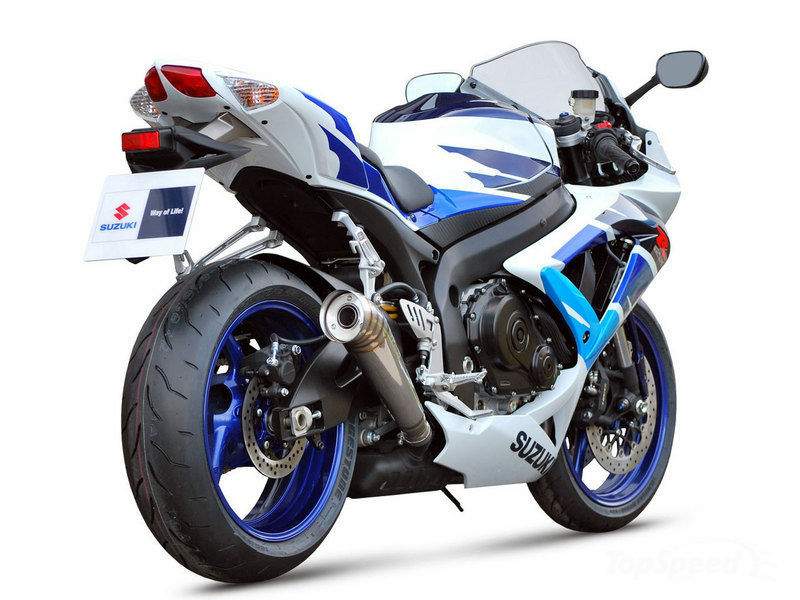
|
|
|
|
|
|
Classic Bikes
Custom Bikes
Individual
Racing Bikes AJP
AJS
Aprilia
Ariel
Avinton / Wakan
Bajaj
Benelli
Beta
Bimota
BMW
Brough Superior
BRP Cam-Am
BSA
Buell / EBR
Bultaco
Cagiva
Campagna
CCM
CF Moto
Combat Motors
Derbi
Deus
Ducati
Excelsior
GASGAS
Ghezzi Brian
Gilera
GIMA
Harley Davidson
Hero
Highland
Honda
Horex
Husaberg
Husqvarna
Hyosung
Indian
Jawa
Kawasaki
KTM
KYMCO
Laverda
Lazareth
Magni
Maico
Mash
Matchless
Mondial
Moto Guzzi
Moto Morini
MV Agusta
MZ / MuZ
NCR
Norton
NSU
Paton
Peugeot
Piaggio
Revival Cycles
Roland Sands
Royal Enfield
Sachs
Sherco
Sunbeam
Suzuki
SWM
SYM
Triumph
TVS
Ural
Velocette
Vespa
Victory
Vincent
VOR
Voxan
Vyrus
Walt Siegl
Walz
Wrenchmonkees
Wunderlich
XTR / Radical
Yamaha
Zero
Video
Technical
Complete Manufacturer List
|
Suzuki GSX-R 750
When you ride a GSX-R750 you have the privilege of riding a legend. It's championship-winning sport bike that not only ushered in the era of racebike replicas - it's also set records that will never be broken. On the road or on the track, the GSX-R750 delivers a riding experience that is a breathtaking combination of outstanding engine performance, crisp handling, compact size and light weight.
The key to the GSX-R750's racetrack-conquering speed and
agile handling is the pairing of its powerful inline four-cyclinder,
16-valve 750cc engine with the lightweight, compact chassis of a 600cc
Supersport. It's a winning combination that allows any rider to experience
the exhilarating rush of a middleweight AMA Supersport bike.
Review
Despite a myriad of changes to the engine to help reduce
friction and rotating mass Suzuki claims no more top end power over the
outgoing model. 145hp at 13,200rpm and 86Nm of torque at 11,200rpm compare
favourably with the 120hp and 70Nm of torque from the GSX-R600.
On the other side of the coin, the 750 is not quite as
nimble and forgiving on the track as the 600 and turns a little slower. The
suspension is fully-adjustable at both ends and given more time I would
raise the rear ride-height as I believe that is all that it would take to
make the 750 turn as scalpel like as the 600. This is easily adjusted on the
GSX-R without the removal of the rear shock by simple shim replacement. Source mcnews.com.

|
|
|
Any corrections or more information on these motorcycles will be kindly appreciated. |